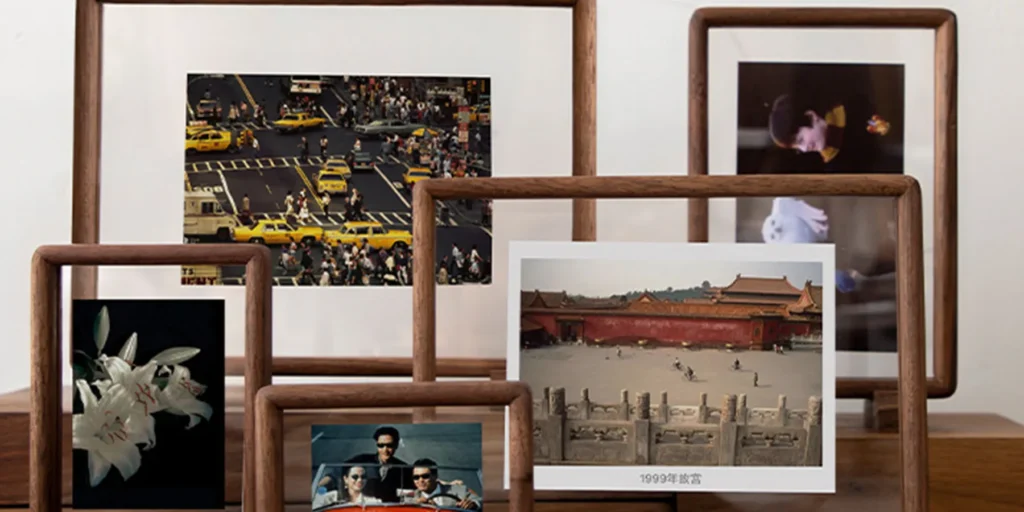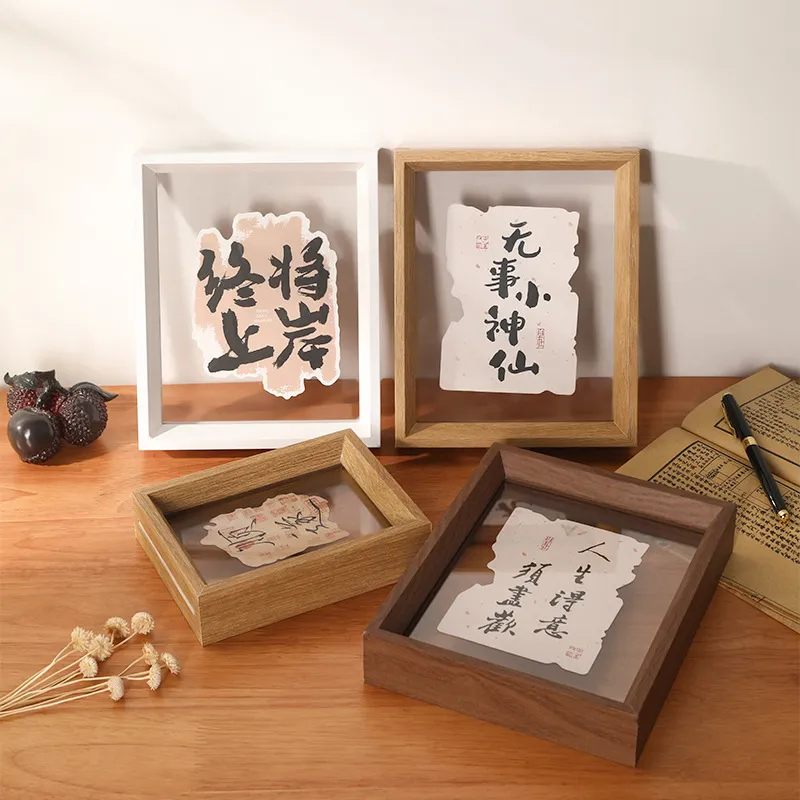
Understanding the Market for Art Frames in China
The art frame market in China has evolved significantly over the past decade, reflecting a robust intersection of tradition and modernity. With a growing appreciation for art and decoration, consumer demand for high-quality art frames has surged, driven by increased disposable income and cultural engagement. As a result, the market is characterized by a diverse range of materials, styles, and designs tailored to meet the preferences of various consumer segments.
Wood, metal, and acrylic are among the primary materials employed in art frame production, each offering unique qualities that appeal to different tastes. Wooden frames often convey a sense of warmth and tradition, making them a popular choice for classic artwork. In contrast, metal frames provide a sleek, modern aesthetic, suitable for contemporary art displays. Acrylic frames, known for their lightweight and durable properties, have also gained traction, especially in urban areas where space is often a constraint.
In terms of design, the market showcases a multitude of styles ranging from ornate and elaborate to minimalistic and functional. This variety ensures that consumers can find frames that resonate with their personal aesthetic, whether they lean towards traditional Chinese motifs or modern artistic expressions. Furthermore, there has been a notable trend towards sustainable practices within the industry, prompting manufacturers to explore eco-friendly materials that appeal to environmentally conscious buyers.
The competitive landscape is dynamic, featuring established companies and emerging players alike. Major manufacturers often focus on innovation and customization, allowing consumers to personalize their selections. Meanwhile, smaller entrants are tapping into niche markets, catering to local tastes and preferences. Additionally, regional factors play a crucial role in frame production and distribution. Different areas possess unique artistic heritages that influence design choices, and logistics vary, impacting both pricing and availability in different provinces. Collectively, these elements create a vibrant and evolving marketplace for art frames in China.
Navigating the Supply Chain: Manufacturers and Wholesale Suppliers
The landscape of art picture frame production in China is characterized by a diverse range of manufacturers and wholesale suppliers. When seeking to engage with these suppliers, it is paramount to consider several key criteria that can significantly influence the success of procurement operations. Quality assurance stands at the forefront; it is essential to partner with suppliers who adhere to stringent quality control measures. This ensures that the art frames not only meet aesthetic expectations but also withstand the test of time.
Another vital aspect is the production capabilities of suppliers. A reliable manufacturer should demonstrate flexibility in production, allowing for adaptations in order volume and custom designs. This is particularly critical for businesses that require unique art frames tailored to specific artistic themes or styles. Pricing strategies should also be thoroughly evaluated; transparent pricing provides insight into the supplier’s competitiveness in the market and allows for better budget management when importing art frames.
The logistical components of importing art frames from China must not be overlooked. Understanding shipping processes, customs regulations, and tariffs can greatly impact the overall cost and delivery timelines. Effective communication with suppliers is crucial during this phase to avoid potential delays or misunderstandings that can arise from cultural or language differences.
Additionally, building strong relationships with manufacturers is essential for ensuring a consistent supply of products and maintaining high quality. Regular check-ins, clear expectations, and feedback loops can foster mutual respect and cooperation. Establishing trust does not only enhance order fulfillment but also opens avenues for collaboration in future product developments, ultimately benefiting both parties involved.






